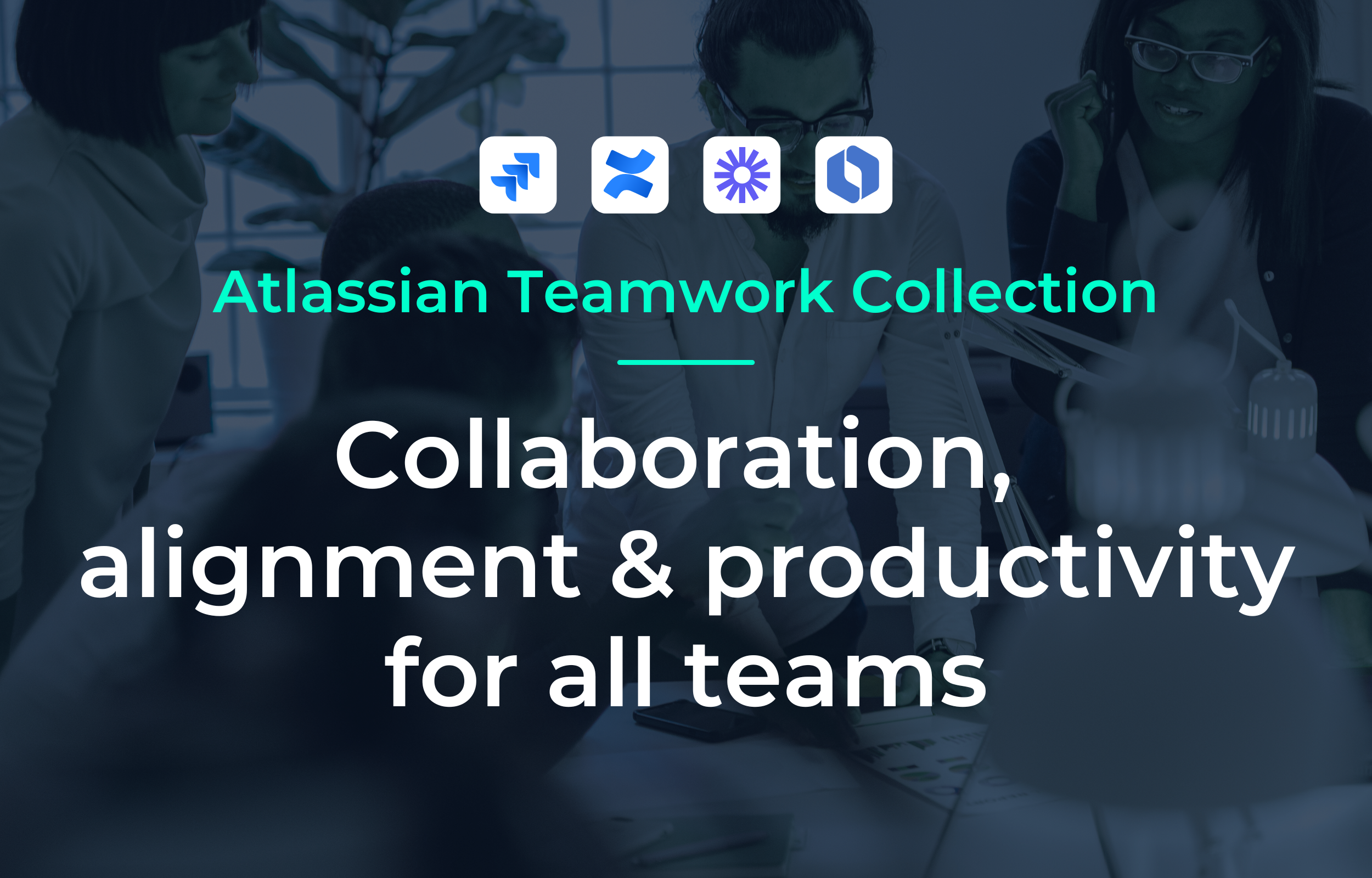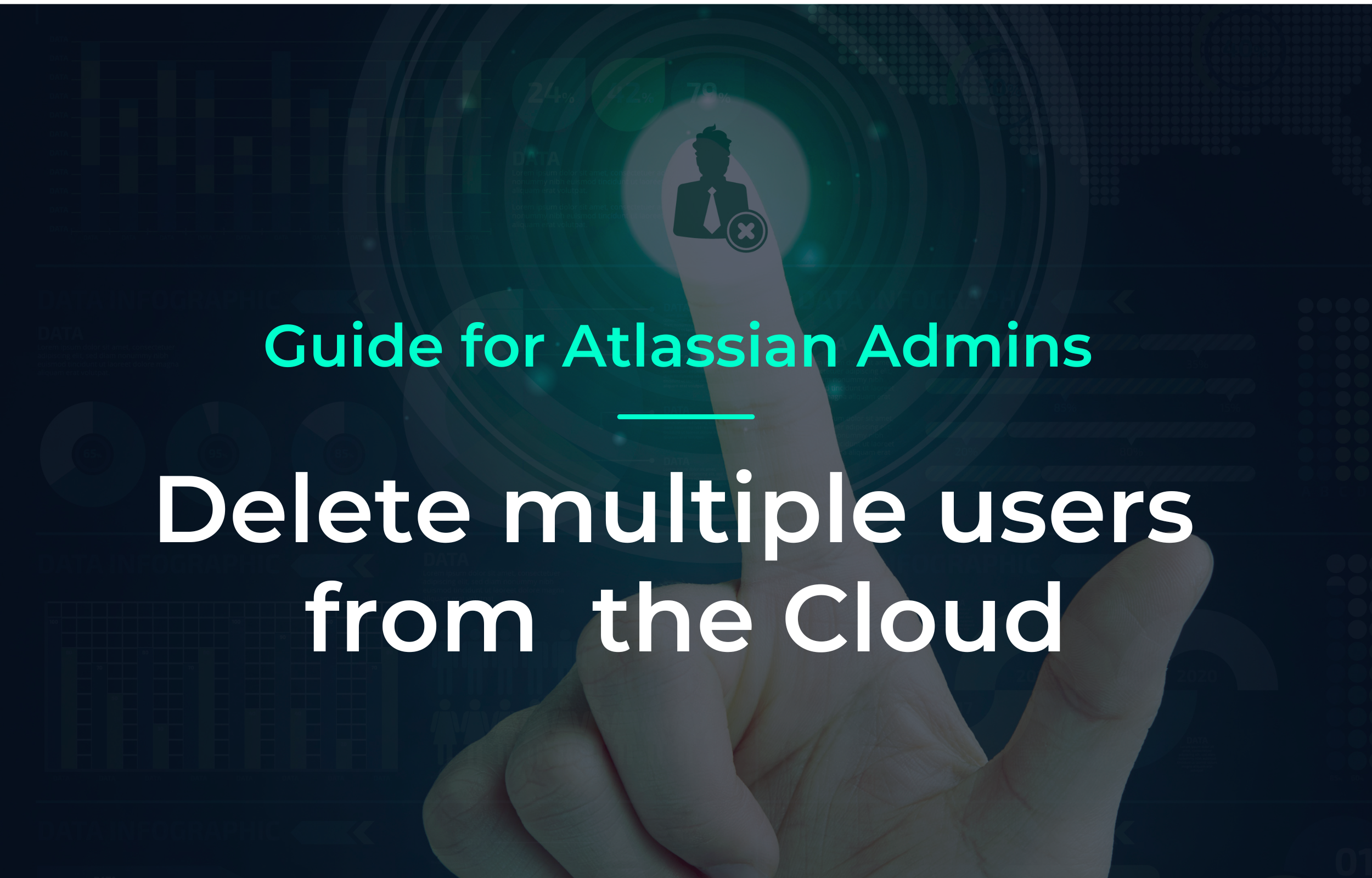Distributed systems are the backbone of many modern software applications and platforms. They enable service scalability and availability by distributing workloads across multiple machines and geographic locations. However, as with any complex system, production problems can disrupt service and impact users. When analyzing errors and resolving problems in the production environment, it is crucial to address these challenges proactively, in particular by accurately analyzing errors and resolving problems in the production environment.
As a DevOps or infrastructure engineer, it is important to have the skills and knowledge to troubleshoot and solve common production problems in a decentralized system. These problems range from simple configuration issues to complex system architecture failures. Thorough error analysis and troubleshooting of problems in the production environment helps to overcome these challenges.
Continuous error analysis and rectification of problems in the production environment is necessary to ensure the quality and availability of services.
Without the ability to troubleshoot and resolve these issues, businesses can suffer significant consequences such as lost revenue, damage to their reputation, and decreased customer satisfaction.
Systematic fault analysis and rectification of problems in the production environment is essential to ensure long-term stability and reliability.
But let's look at how you can fix common production problems in a distributed system.
Table of contents
Post-mortem analysis: Identifying the cause of the problem
In modern (microservices) deployments, software teams typically fix two different things during a post-mortem.
- Traces of the network flow within the (microservice) components with tools like Kiali, Jaeger, Istio
- Infrastructure components such as runtime, artifacts and more.
More importantly, modern software is developed to be self-healing. To achieve this, software teams ensure that the software is properly tested during the development phase, e.g. through unit tests and automated integration tests.
Let’s dive into the process.
The implementation of automated tests is a further step towards analyzing errors and eliminating problems in the production environment in order to avoid future problems.
Information collection on the problem
The first step is to gather as much information as possible about the problem to determine the root cause of a production problem in a distributed system. This may involve analyzing logs, monitoring data and generated error messages. Log management and monitoring tools can help collect and organize this data so that it is easier to analyze.
To collect the information, you can use the following tools:
- Log management tools: e.g. Splunk, Elastic Stack
- Monitoring tools: e.g. Prometheus, Grafana
Identification of patterns and correlations
Once you have a clear understanding of the problem, the next step is to identify patterns and correlations that may point to the root cause of the problem. This may involve looking for trends or changes in the data that occurred around the time of the problem. Visualization tools and anomaly detection tools can also be helpful here, as they can help identify unusual patterns or deviations from normal behavior.
You can use the following tools to detect patterns and correlations:
Use of debugging tools and techniques
Once you understand the problem and the possible causes, it's time to start troubleshooting. This may involve using tools such as debuggers and profilers to understand what is happening at a deeper level within the system. It's also important to be systematic in your troubleshooting. Start with the most likely causes and work through the list until you find the root cause.
Essential tools for troubleshooting:
- Debugger: e.g., GDB, LLDB
- Profiler: e.g. perf, VTune
Set priorities and structure the troubleshooting process
One of the most important steps in troubleshooting and resolving production problems in distributed systems is prioritizing and organizing the process. This includes determining the impact of the problem on users and the system, and creating an action plan and timeline for resolution.
Determining the impact of the problem on the users and the system
To determine the impact of the problem, it is important to consider factors such as the number of users affected, the severity of the problem, and the potential consequences if the problem is not fixed. This information can be used to prioritize troubleshooting and problem resolution according to their importance.
Establish an action plan and a timetable for solving the problem
Once you have identified the impact of the problem, it is important to create an action plan and a timeline for resolution. This may require breaking down the troubleshooting into smaller, manageable tasks and setting a deadline for each task. It is also critical to include all necessary parties, such as developers and IT support, in the troubleshooting process and assign specific tasks to each team member.
By organizing and prioritizing the troubleshooting process, you can ensure that you resolve the issue promptly and efficiently, minimizing the impact on users and the system.
Fixing the problem
Temporary bug fixes to minimize impact on users
When a production problem occurs in a distributed system, it is important to minimize the impact on users. This may include temporary solutions, such as disabling certain features or redirecting traffic to another server until a permanent solution can be implemented.
It is important to carefully consider the possible consequences of a temporary solution and ensure that it does not cause further problems or complications. Also, try to inform users and affected parties about quick solutions so that they are aware of the situation and the potential impact.
Implementation of permanent solutions
Once the impact on users has been minimized through temporary solutions, the next step is to implement permanent solutions to address the root cause of the problem. This may involve changing the system architecture, updating software or hardware, or implementing new processes or procedures.
Any permanent solution must be carefully planned and tested to ensure that it is effective and practical. It may also be necessary to involve outside experts or vendors if the problem requires specialized knowledge or resources.
Testing and verification of the solution
Once a permanent solution has been implemented, it is important to thoroughly test and verify that the solution is effective and has no unintended consequences. For example, you can run stress tests, run simulations, or monitor the system to ensure that the problem does not reoccur.
Testing and verifying the problem resolution is an important step in troubleshooting, as it helps to fix the problem and ensure that the system is working correctly. In addition, it is important to document the testing and verification process for future reference.
Most importantly, modern software is developed to heal itself. To achieve this, software teams ensure that the software is properly tested during the development phase, e.g. through unit tests and automated integration tests.
These tests cover edge and corner cases.
The software project should include a QA team and have the following environments:
- Development/Quality Assurance (dev/QA)
- User acceptance testing (UAT, copy of prod)
- Production environment
Once the code and tests are working in the development/quality assurance environment, it should be transferred to the UAT environment, which contains a copy of the production data (update process).
Good, structured code is essential in any software project. In this article you will find some tips: Read the article.
Review after an incident
Analyze the cause of the problem
After fixing a problem in a distributed system, it is essential to perform a follow-up investigation to determine the root cause and prevent similar problems from occurring.
This may include analyzing logs, monitoring data, and other relevant information to understand what caused the problem and how the root cause was resolved. It may also include gathering feedback from users and other stakeholders and performing root cause analysis such as the 5 Whys method.
The goal of the post-incident review is to identify any underlying issues or vulnerabilities in the system that may have contributed to the problem and take preventative measures to avoid similar situations in the future.
Implementing preventive measures to avoid similar problems in the future.
Once the cause of the problem has been identified, the next step is to take preventive measures to avoid similar situations. This may involve changing the system architecture, updating software or hardware, or introducing new processes or procedures.
It is important to carefully plan and test all preventive measures to ensure they are effective and do not have unintended consequences. It may also be necessary to involve outside experts or vendors if the problem requires specialized knowledge or resources.
Document the process for future reference
In addition to implementing preventive measures, it is important to document the entire troubleshooting process for future reference. This can help identify any patterns or common issues that occur in the system and can serve as a valuable resource for future troubleshooting efforts.
A structured approach to error analysis and troubleshooting in the production environment can significantly increase the efficiency of problem-solving processes.
Documenting the process can also improve communication and collaboration between teams and serve as a learning opportunity for continuous improvement.
Conclusion
The follow-up of error analysis and rectification of problems in the production environment is essential for improving system stability.
Troubleshooting and resolving production problems in distributed systems is critical to maintaining system functionality and reliability. This includes identifying the source of the fault, prioritizing and organizing the troubleshooting process, fixing the problem, and conducting a post-incident review to determine root causes and prevent similar problems.
Effective troubleshooting requires careful planning, attention to detail, and a proactive approach to continuous learning and improvement. By taking these steps, organizations can ensure that production issues are resolved promptly and efficiently, minimizing the impact on users and the system.
Preventive measures following fault analysis and rectification of problems in the production environment are important in order to avoid similar incidents in the future.
It is important to prioritize failure analysis and remediation of issues in the production environment, as these issues can have significant consequences if left unresolved. By taking a proactive approach to troubleshooting and resolving issues in the production environment, organizations can maintain the reliability and functionality of their systems and provide a seamless experience for their users.
A learning-centered approach to error analysis and troubleshooting in the production environment promotes continuous improvement and adaptability.







